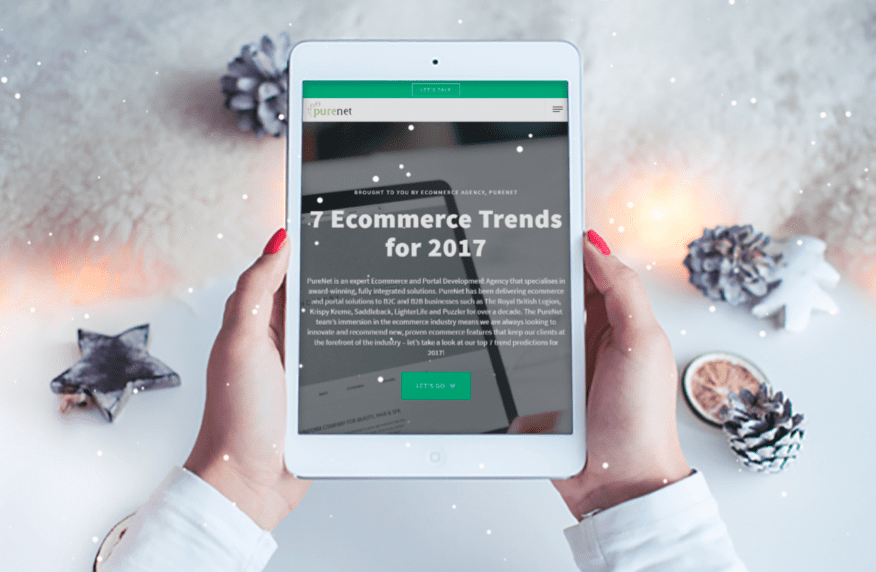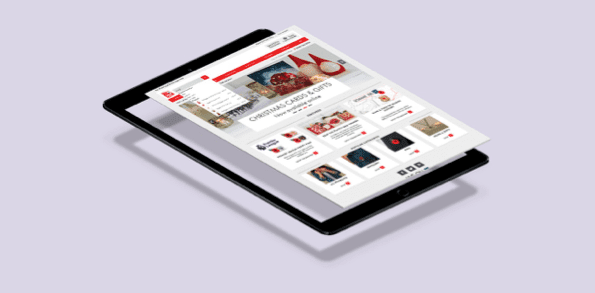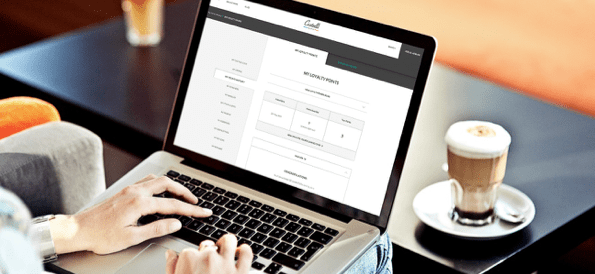Expert Ecommerce and Portal Development Agency, PureNet, reveals its top 7 Ecommerce Trends for 2017!
We've drawn on our decade of experience delivering solutions to B2C and B2B businesses such as The Royal British Legion, Krispy Kreme, Saddleback, LighterLife and Puzzler and immersion of all aspects of ecommerce to analyse and define its key predictions.

1. Digital Payment Types
With the likes of Apple Pay, Amazon Pay and PayPal customers are no longer having to take our their card to complete an online transaction, orders can be made with a fingerprint or online pin number. In 2016, more and more customers adopted digital payment types through all channels, using their phones, cards and even watches to complete contactless payments – this is set to continue and expand in 2017 where, PureNet predicts that every customer will expect to be able to complete their transaction using a digital wallet.
2. The Rise of Fast Delivery
Over the last few years ecommerce delivery timescales have drastically reduced and become much more precise. Customers now expect to be able to Click and Collect, even from pure-play ecommerce retailers with the rise of collection points from companies such as Collect+. So what does PureNet predict for delivery in 2017? ASOS, New Look and Boohoo have recently launched ‘precise delivery’ with 1-hour delivery windows, and the majority of retailers now offer next day delivery if ordered before 10pm. PureNet predicts same-day delivery will continue to rise in 2017, and more ecommerce integrations with drop-off point providers such as Doddle.
3. Ecommerce Personalisation, Big Data and AI
Ecommerce personalisation has been trending at Enterprise level for some time now, so what’s new? PureNet believes 2017 is the year that ecommerce personalisation will become accessible for all sizes of business from SME to Mid-Tier to Enterprise via products such as PureClarity. Customers have been exposed to personalised experiences from the likes of Amazon and Netflix, and have come to expect this same level of personalisation from online retailers, where product recommendations are highly targeted and not simply ‘one size fits all’. 2017 is the year that retailers will embrace personalisation and Artificial Intelligence – starting by collecting behavioural data from each website visitor and moving on to developing highly targeted campaigns based on customer segments and previous online experiences.

4. Loyalty Schemes
As retailers continue to compete to achieve the perfect ecommerce experience, PureNet believes the importance of customer loyalty and experience will come to the forefront. With such a vast amount of choice when shopping online and 49% of consumers stating they would gladly switch brands for a coupon, customer loyalty is one thing that cannot be underestimated. PureNet says, ‘the real winners when it comes to customer loyalty schemes will be the ones who capture information about their customers as they shop and use this information to offer highly personalised promotions and rewards’.

5. Even More Omni-Channel
Many years ago, commerce was limited to bricks & mortar stores, then came catalogue sales, phone ordering, ecommerce, social commerce and even TV commerce. The issue facing many retailers today is channel fragmentation. As more features and trends are released, the gap between channels can easily widen, resulting in a confused client base and diluted brand image. PureNet expects 2017 to be the catalyst for retailers to begin truly unifying their shopping channels by delivering features such as multichannel wish lists and real-time stock information. PureNet calls this ‘getting the basics right’. Once you have these, you can begin experimenting with more innovative omni-channel technologies.
6. Mobile Mobile Mobile
Mobile commerce had a breakthrough year in 2015. This year, expectations are mobile commerce sales will account for over £25billion, an increase of more than 25%. This figure is predicted to continue to increase, reaching over £30billion in 2017 and £42billion by 2020. According to eMarketer, this growth is driven by larger screens, smoother buying experiences, better mobile search and context-driven discovery. The trend in mcommerce is no longer simple optimisation, customers don’t just expect a website to ‘work’ on their phones – the retailers reaping the rewards are the ones we see thinking truly mobile-first. Designing a unique experience that works in synergy with a phone’s size and functionality, not seeing a phone screen as an ecommerce limitation but as the new shop window.
7. Introducing Chatbots
Over the last few years we have seen mobile messaging apps explode with popularity, and thanks to ecommerce personalisation, artificial intelligence has been adopted with many of the large retailers. 2017 will see these two trends combine to deliver a new way of shopping and communicating, – chatbots. Chatbots are AI-led automated messenger services that allow your customers to engage with your brand via instant messenger. The smartest Chatbots detect exactly what the customer is looking for, suggests products, places orders, answers customer service queries and even detects the style of language used in order to converse in a similar manner. PureNet makes a note that Chatbots are still undergoing development and, as such, have not been perfected as yet. The company therefore recommends reviewing the use of Chatbots in a few months’ time once more case studies have been released showing the true value of the innovative software. You can read more about each trend on the PureNet site.

Thanks to
Annabel Daly for sharing their advice and opinions in this post. Annabel Daly is the Group Marketing Manager of
PureNet, a Ecommerce and Portal Development Agency with over 10 years of experience. You can connect with Annabel on
LinkedIn and via PureNet’s
Twitter.






 Thanks to
Thanks to 



